There can be your advertisement
300x150
7 Soviet Interior Solutions That Are Trending Now
Clever ideas that are easy to replicate in your own apartment
A few years ago, it was normal to get rid of your grandmother's "wall panels," grandfather's floor lamp, and an unfamiliar chair. But today's situation has changed dramatically: vintage items are becoming popular, and trends from the 1980s are returning to modern interiors. We're telling you which Soviet-era tricks are experiencing a second life and becoming relevant again.
Parquet "Tree"
During the Soviet era, parquet "tree" was a decoration for apartments, schools, and public buildings. It always associated with high quality and durability, and even under intensive use, in some houses the flooring has survived to this day. Parquet is still used today—its restoration, tidying up or modern interpretation: laminate or quartz vinyl mimicking wood. Especially effectively and expensively, parquet "tree" looks in dark tones when combined with minimalist furniture.
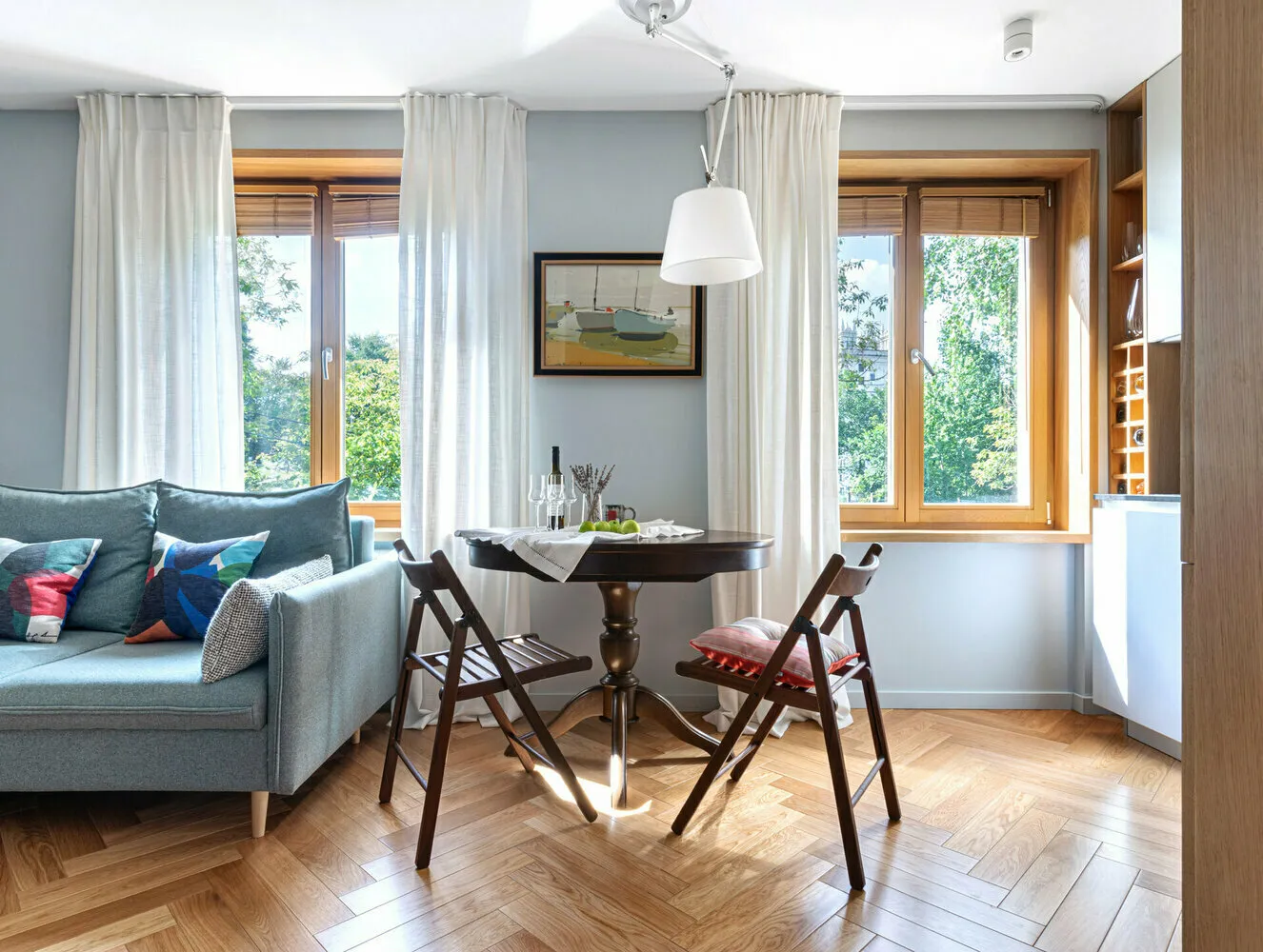 Design: Natalia Lenda
Design: Natalia LendaGlass Blocks
Another symbol of Soviet design is glass blocks. They were installed in swimming pools, corridors, and stairwells in the past. Today, designers actively adapt glass blocks for modern interiors. They are used to zone spaces, create bathroom partitions, decorate kitchen backsplashes, and decorate parts of walls.
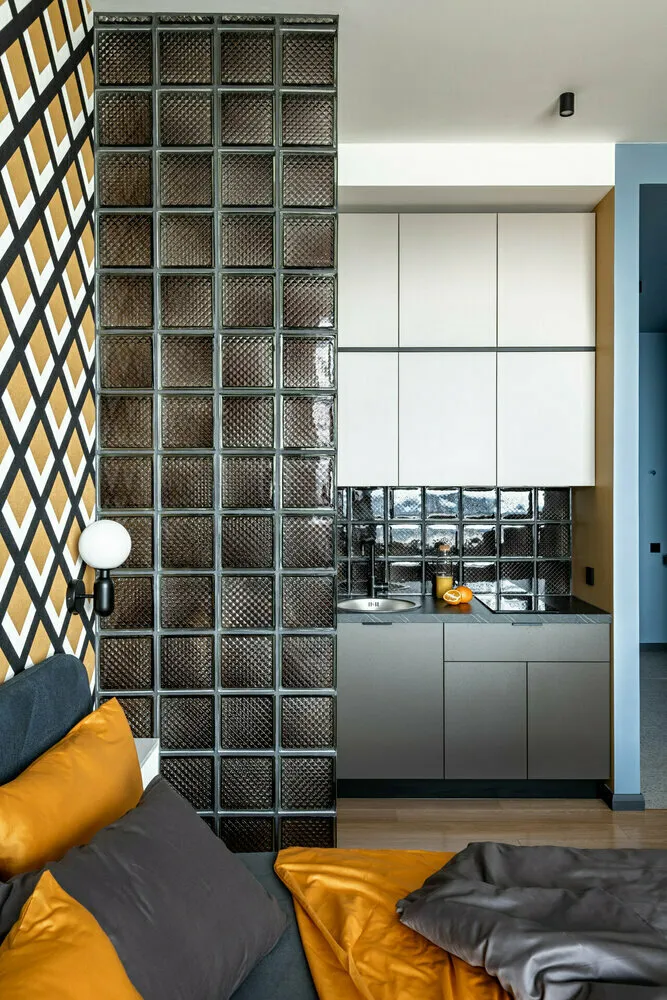 Design: BYCHKOV DESIGN
Design: BYCHKOV DESIGNSquare Tiles with Colored Grout
White square tiles in bathrooms were a familiar element of Soviet apartments and public spaces. Today, simple light tiles have found their place again in bathrooms. However, modern interpretations involve using accent dark or bright grout and combining with other materials such as paint. This gives the interior a more interesting and stylish look.
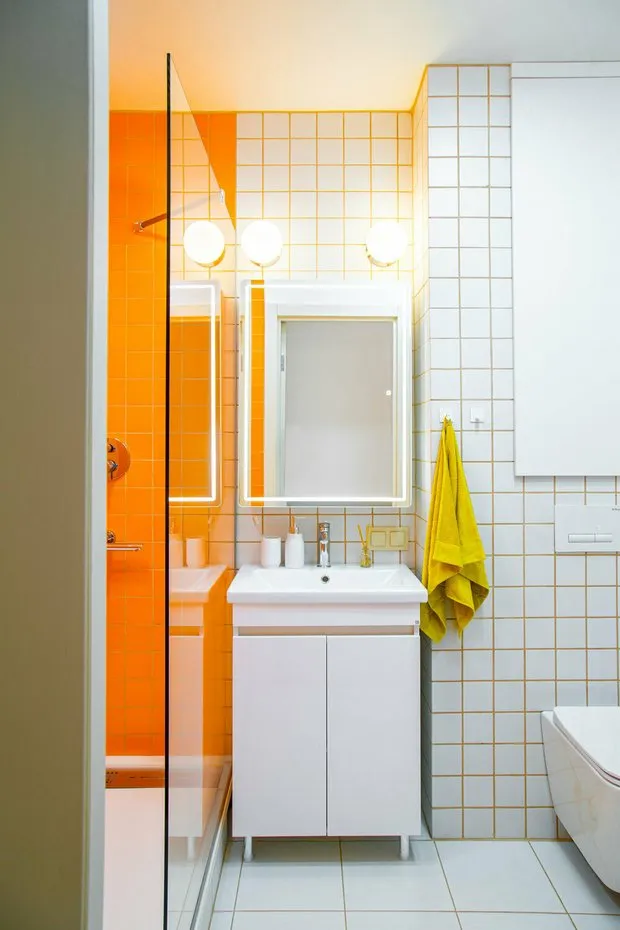 Design: Pavel Foteev
Design: Pavel FoteevFurniture Walls
One characteristic feature of Soviet design was furniture walls—every family aspired to own one. Over time, people began to abandon bulky furniture. However, things have changed: furniture walls have returned with updated designs, modular sections, and various storage options. Many of them look light and neat even in small apartments.
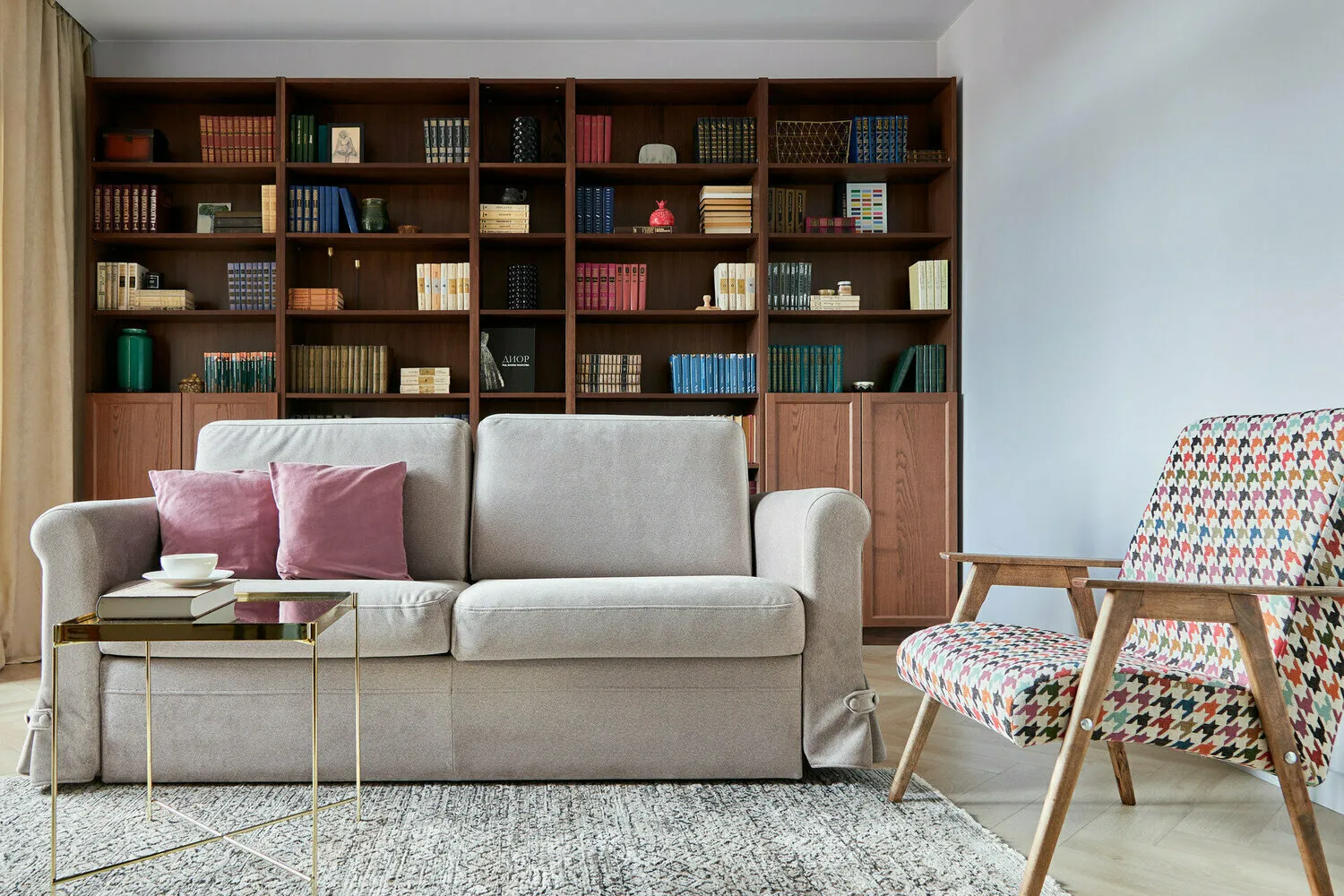 Design: Tatyana Atukhina
Design: Tatyana AtukhinaPatterned Carpets
This is probably the most vivid element of any Soviet apartment. Patterned carpets were used to cover floors and hang on walls. Today, carpets are returning to home and apartment interiors and are once again becoming a trend. They can visually unite various decor elements, create stylish accents, zone spaces, and make the room more comfortable and cozy.
 Design: Elena Uchaeva
Design: Elena UchaevaLofts
Soviet Khrushchev houses weren't known for large sizes, so it was necessary to use available space as efficiently as possible. Additional storage spaces were provided by cupboards under the ceiling for rarely used items. Today, lofts have regained popularity. Designers have adapted them for modern apartments and they don't look bulky. These can be, for example, ceiling-mounted facades, additional cupboards, P-shaped constructions around the sofa or bed.
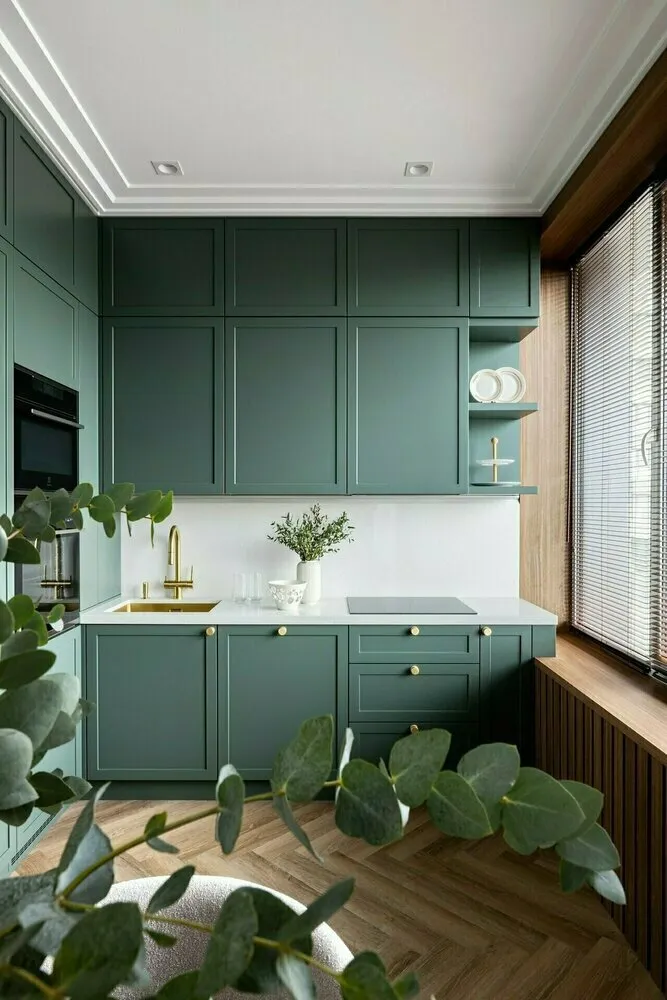 Design: Lili Kaisarova
Design: Lili KaisarovaChairs with Wooden Armrests
Large furniture couldn't fit into Soviet small apartments, so designers created minimalist functional models. For example, a sofa-bed with wooden armrests could be used for sitting and sleeping. With the growing popularity of mid-century modern style, chairs with high legs and wooden varnished armrests have returned to fashion. They are combined with vintage elements or, on the contrary, integrated into minimalist modern settings.
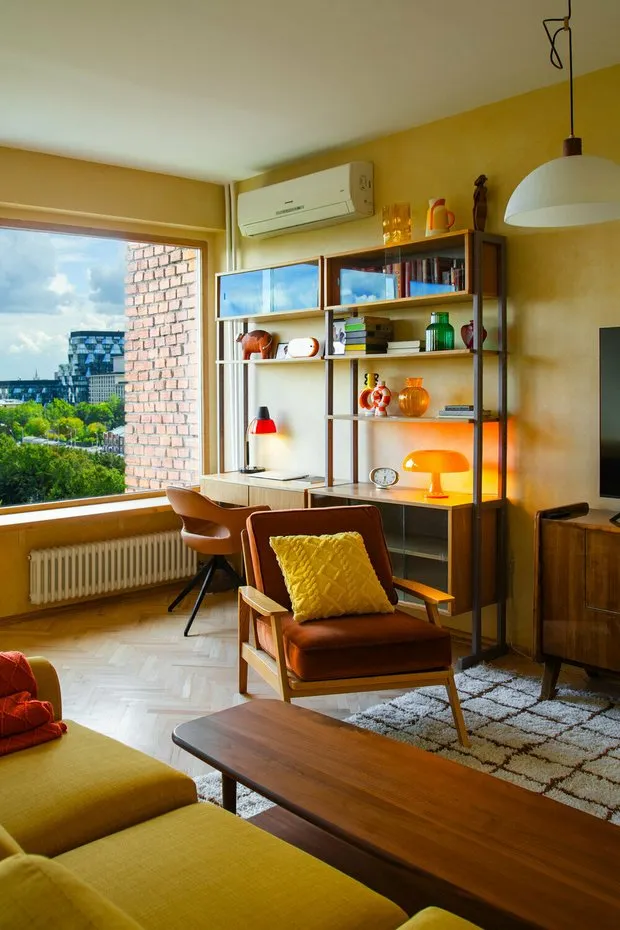 Design: Pavel Foteev
Design: Pavel FoteevMore articles:
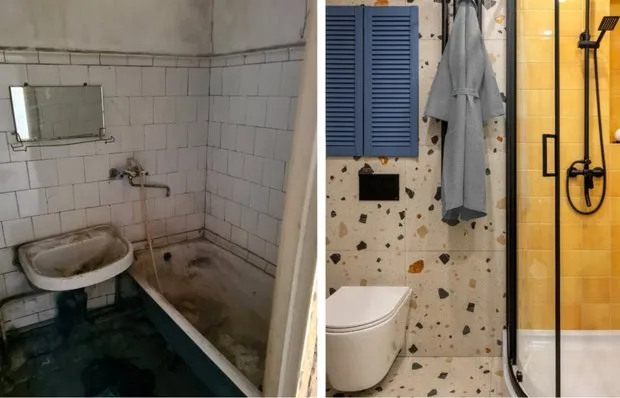 Before and After: How They Transformed the Bathroom in a Vintage Apartment
Before and After: How They Transformed the Bathroom in a Vintage Apartment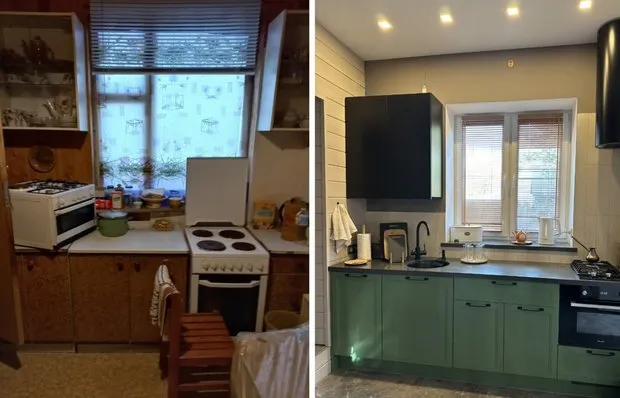 Before and After: Beautiful Transformation of a Kitchen from the 90s
Before and After: Beautiful Transformation of a Kitchen from the 90s Antitrends in Bathroom 2025: Which Solutions Are No Longer Relevant
Antitrends in Bathroom 2025: Which Solutions Are No Longer Relevant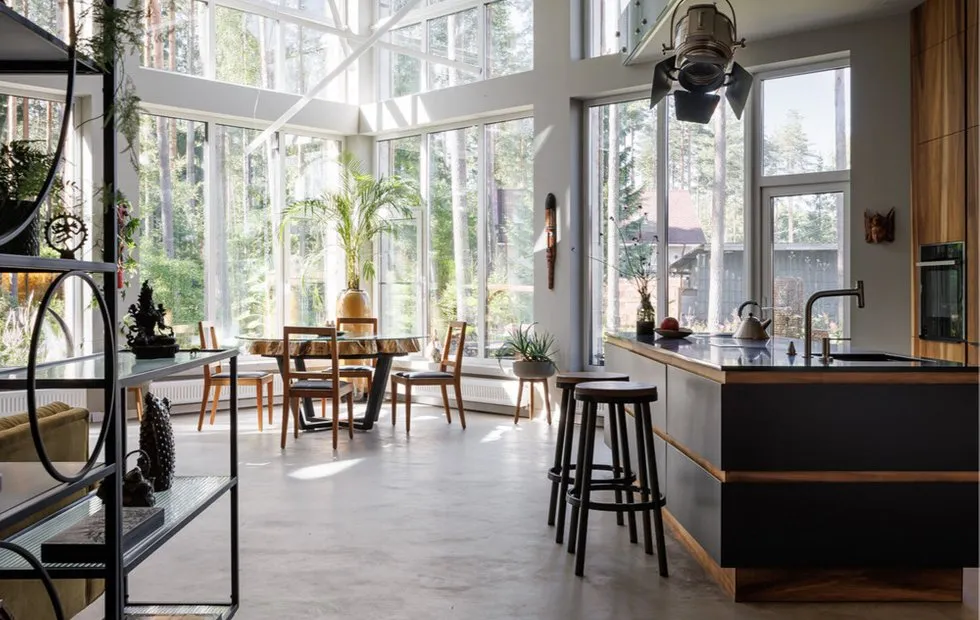 Antitrends 2025: Which Interior Design Solutions Are No Longer Relevant and What to Replace Them With
Antitrends 2025: Which Interior Design Solutions Are No Longer Relevant and What to Replace Them With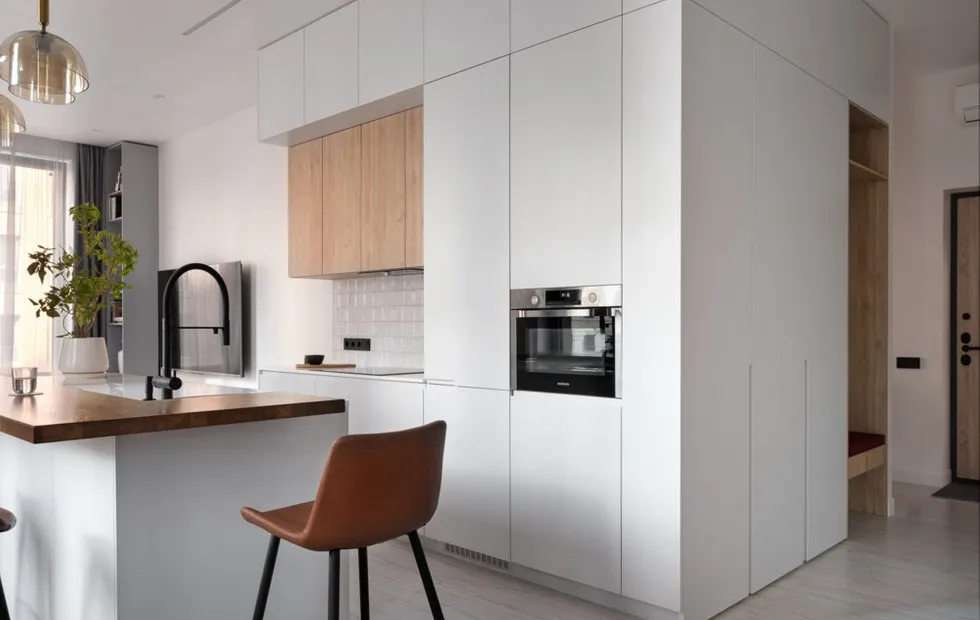 Antitrends in Kitchen Design 2025: What to Avoid in Interior Design
Antitrends in Kitchen Design 2025: What to Avoid in Interior Design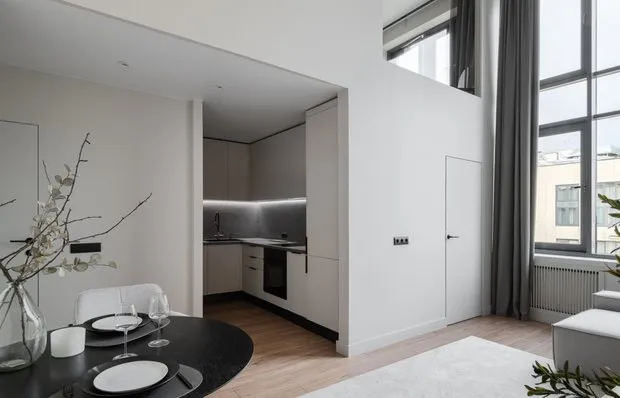 6 Ideas for Storage in a Two-Level Apartment, 57 m²
6 Ideas for Storage in a Two-Level Apartment, 57 m² How to Design a Stylish Entrance Hall in a Classical Stalin-era 70 sqm Apartment
How to Design a Stylish Entrance Hall in a Classical Stalin-era 70 sqm Apartment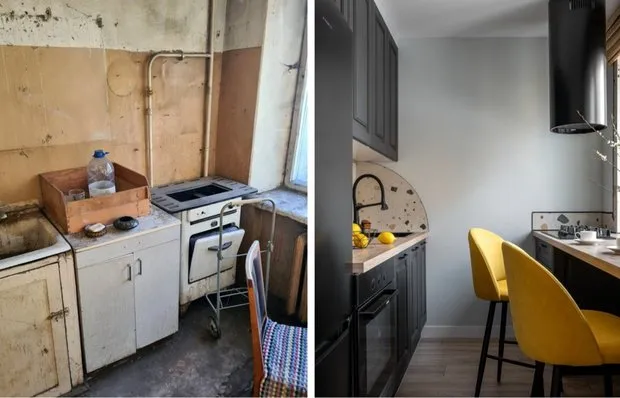 Before and After: 5 Impressive Transformations of 'Killed' Apartments
Before and After: 5 Impressive Transformations of 'Killed' Apartments